Fujian Trip 14 - 22 Mar 2008 - Part 4 Quanzhou
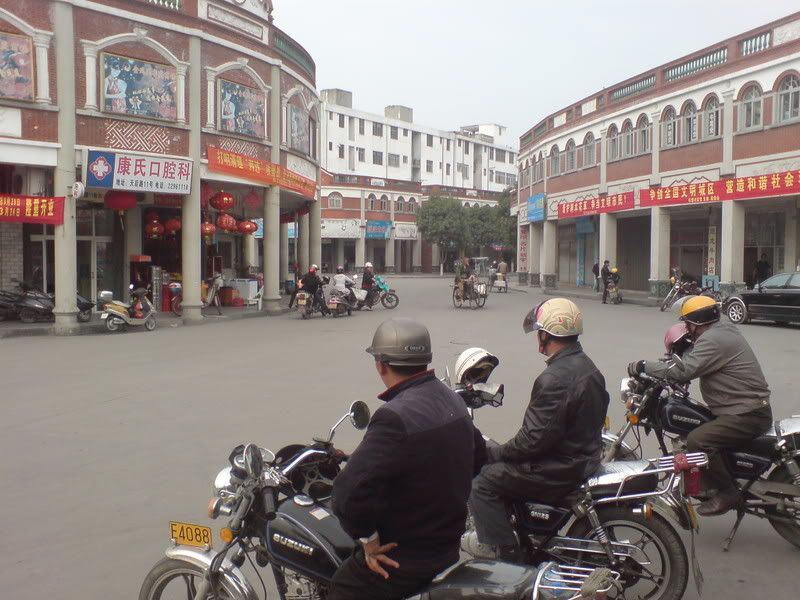
Quanzhou (泉州) is often termed as the starting point of the sea silk route. In Marco Polo times, it was known as Zaitun (刺桐) where traders from as far as Arabia were seen. As such, the architecture of some of the old buildings in Quanzhou is in itself uniquely east meets west. From Fuzhou to Quanzhou, the bus was about 3 hours and costs 62 yuan. The bus might drop you at the old bus station where you need to walk a distance to the town centre near to Tumen Street (涂门街). The walk is about 30 minutes or you might want to take the motor bikes featured in the photo here, a ubiquitous form of transport in Quanzhou for short distances. I stayed at Wenlingnan Road (温陵南路) at this hotel known as Huahong Hotel (华鸿宾馆) with a room that provided very slow Internet access at 88 yuan per night. The hotel is within walking distance to Tumen Street and another street (美食街) where there are supposedly good Quanzhou food.
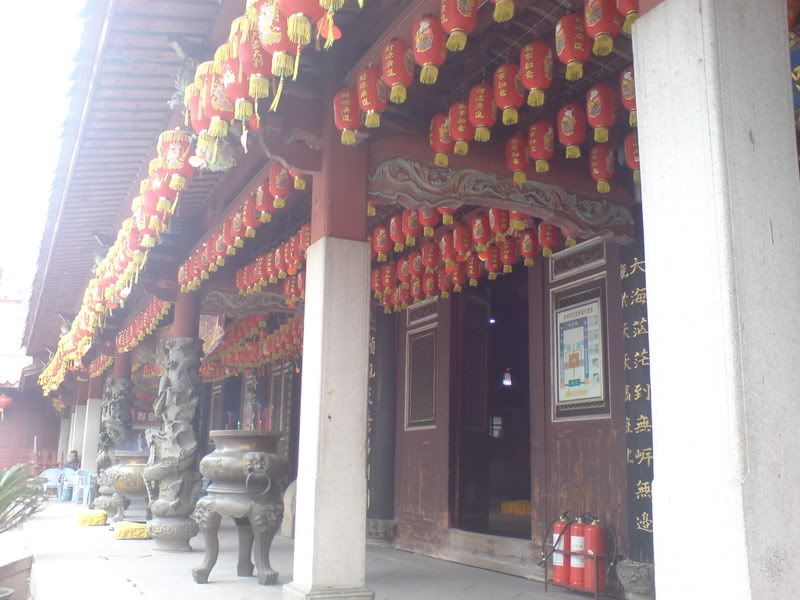
My first sightseeing stop was within walking distance from my hotel. Alternatively, buses in Quanzhou costs 1 - 2 yuan but deciding which bus stop to alight would be tricky. It is the Matsu temple (天后宫) located within a very interesting neighbourhood. Right in front of the temple are some ruins of the old city wall. There's also a nice and cheap mianxianhu (面线糊) shop nearby the temple. Also within walking distance is a wholesale centre for books where I bought some books at discounted price.
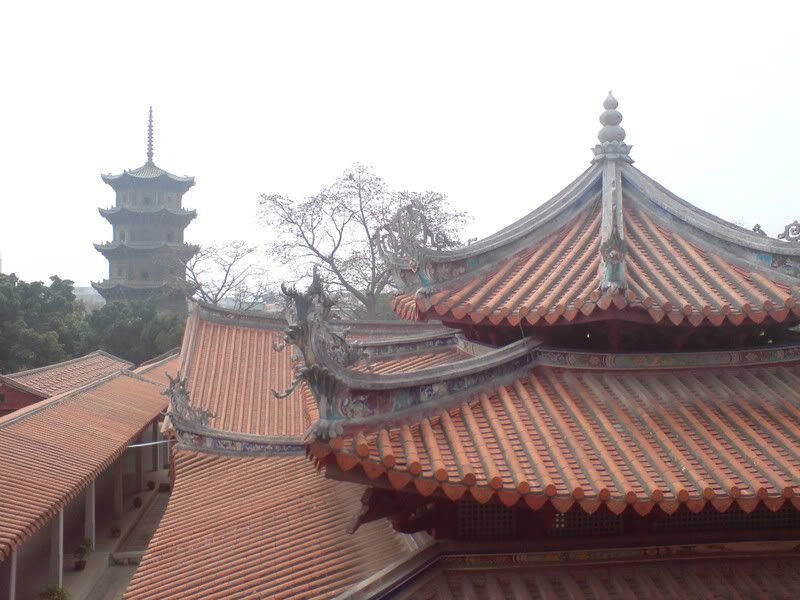
The next stop was Kaiyuan Temple (开元寺), an extremely old Buddhist temple dating back to the Song dynasty. Entrance fees is 10 yuan operated with a MRT-like gate where you scan your ticket to get in. The main hall is dedicated to the five buddhas representing the five directions - one of the rare buddhist temple in the world to have five buddhas, as normally you would see one or three. Another unique feature is the architecture which infused western elements like angel-like creatures known as miaoyin bird (妙音鸟). The temple's two towers - East and West tower - was Quanzhou's landmark for centuries being the tallest structures around. There is also a Buddhist museum within the temple ground.
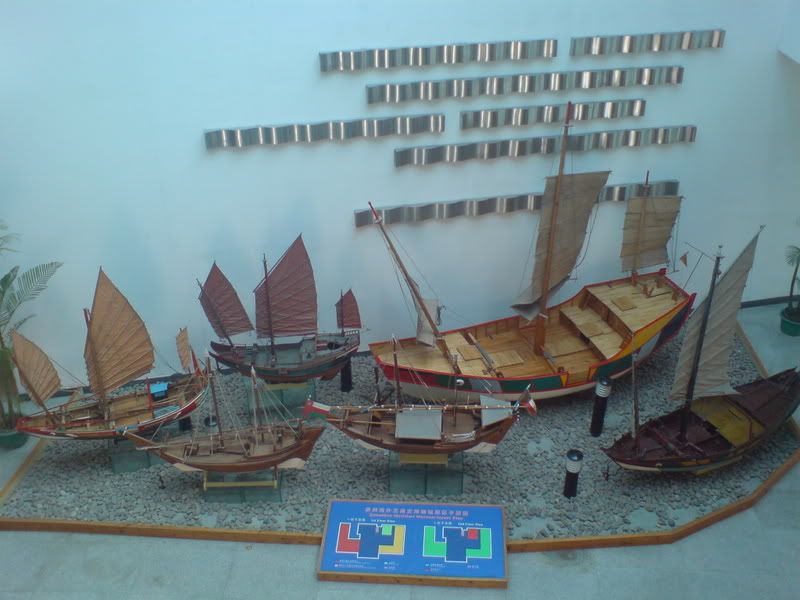
Next stop is the Maritime Museum (海外交通史博物馆). I think Quanzhou's museums are really quite nicely done. This one has models of ships and boats and talks about Quanzhou's role as an important port of call since antiquity. There is a hall of shipbuilding and another hall with tombstones of foreigners such as muslims and christians - showing that an international community existed. Next door is an Islamic museum that is still in the making. Surprisingly, there was no charge when I was there.
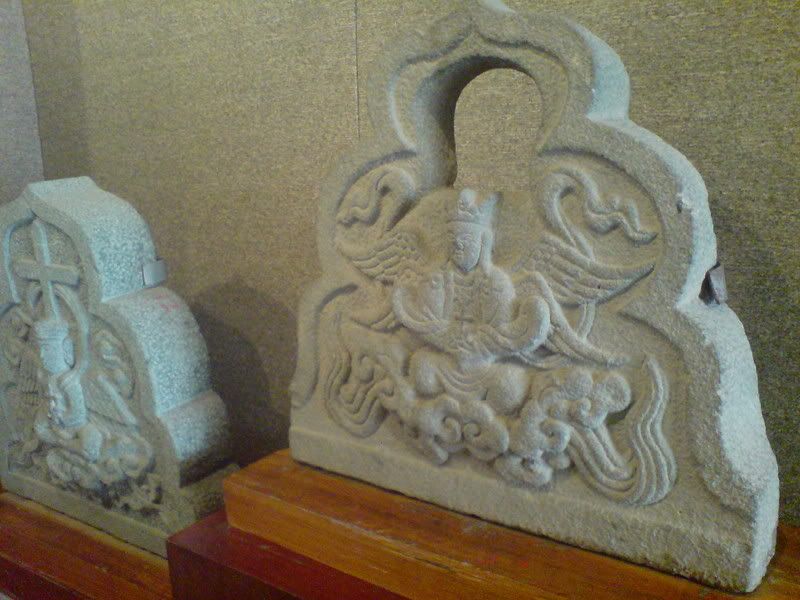
This is a picture of a christian gravestone that was found in the Maritim Museum. You can see the angel design quite clearly.
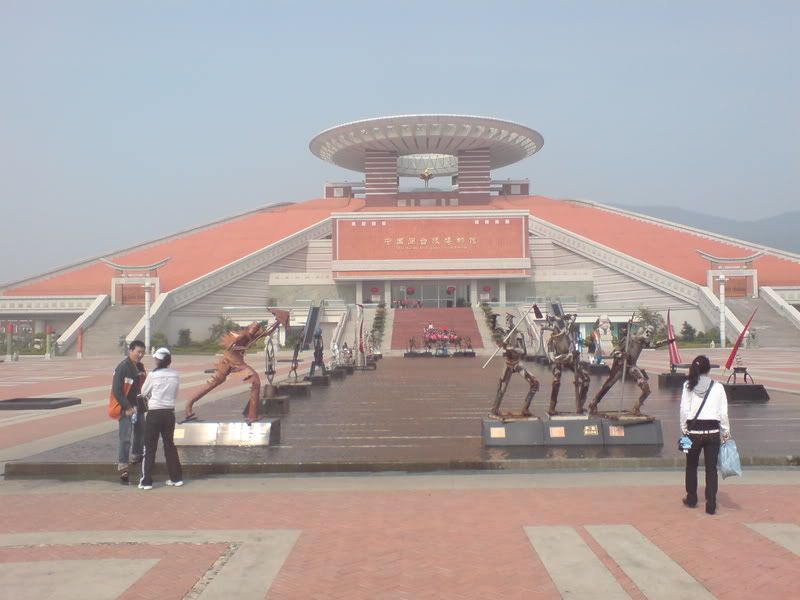
Two other nice museums are the Quanzhou City Museum (泉州市博物馆) and the Taiwan Kinship Museum (闽台缘博物馆), both within walking distance from each other. The Taiwan Kinship Museum is newer. Again, there's no entrance charge but they will record your name and IC number at the entrance. I think they do not have a lot of foreigners visiting as the guard who took down my passport particulars was a bit confused on what to record. I had the benefit of a guide at the museum. Basically, the museum is designed based on the five aspect of kinship between Fujian and Taiwan - geographical (地缘), anthropological (人缘), historical (法缘), business (商缘) and cultural (文缘). It attempts to draw similarities in these five aspects between Fujian and Taiwan. A lot of propaganda I guess, but the museum did it well.
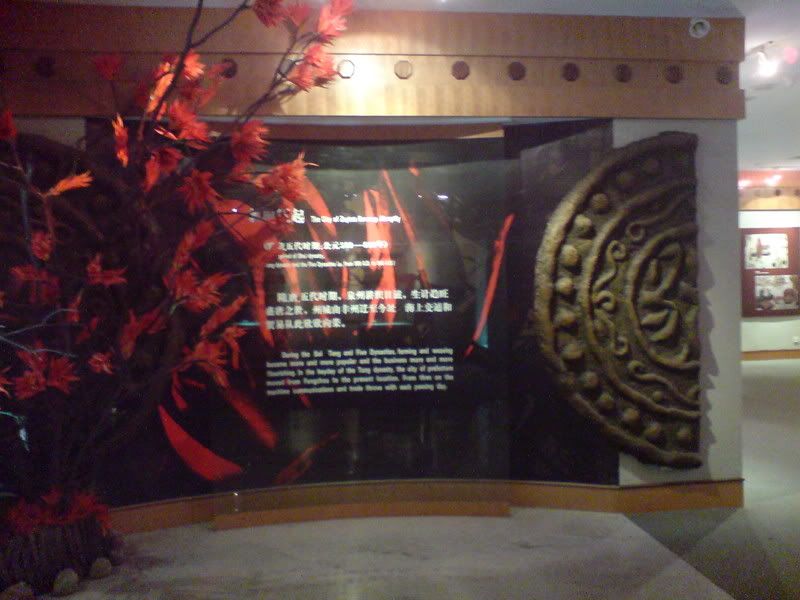
The Quanzhou city museum is also free entrance, which I have yet to figure out why Quanzhou's museums are free. But despite being free, they were so good. There was a guided tour when I was there, so I just followed the tour. The museum provided a very good introduction to the history of Quanzhou. The guide did a good job too, I must say. There are four halls arbitrarily breaking down Quanzhou's history in four stages from ancient to modern. Finally, there is also a nice museum shop where souvenirs can be bought quite cheaply.
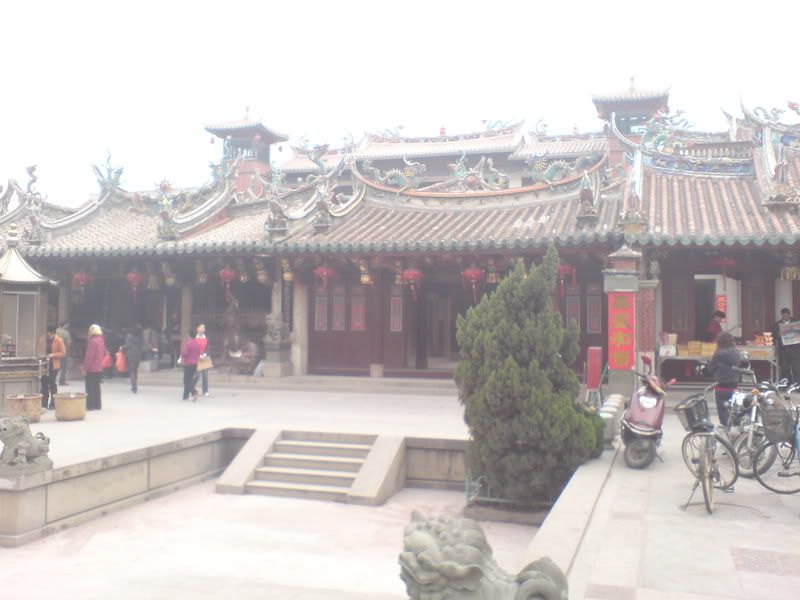
I spent half a day on the next day before taking a bus back to Xiamen that afternoon. Bus trip to Xiamen cost 35 yuan from the new bus station in the heart of town. In this half-day, I visited some other sights such as this one, the Guandi Temple (关帝庙), an extremely busy temple dedicated to Guanyu (关羽).
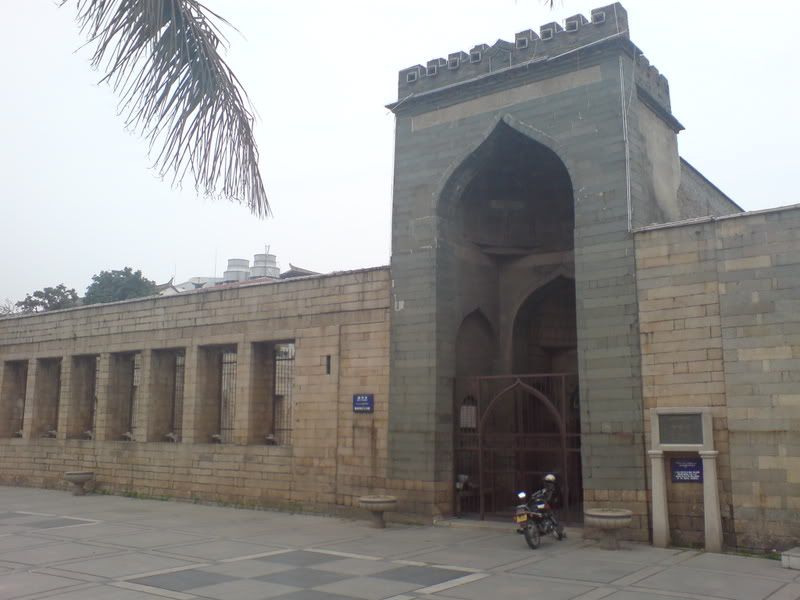
Further down Guandi temple is Qingjing Mosque (清净寺), an important sight which bears witness to Quanzhou's glorious past where the Arab community was active. Entrance fees to this nice little quiet place is 3 yuan. The quietness is so contrasted with the busy Guandi temple next door. As a national level sight, it is the oldest existing mosque in China, built in 1009AD. There is a little hall in the mosque that explained the history of the mosque and had photos of all the dignitaries that has visited this mosque, including Malaysia's PM Abdullah Badawi.
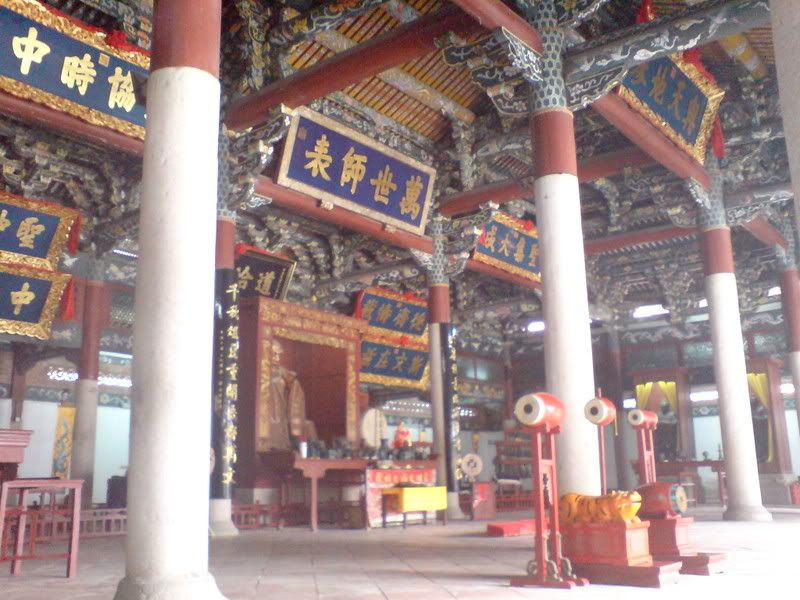
Last stop was the Confucius temple (府文庙). Like its counterpart in Fuzhou, there is a hall explaining education in Quanzhou and another hall with figurines of famous Fujian scholars. Entrance is free of charge too. Nearby the Confucius temple is the shopping district, Tumen Street (涂门街) where there is a very big bookstore, Transocean Bookstore(越洋书店).